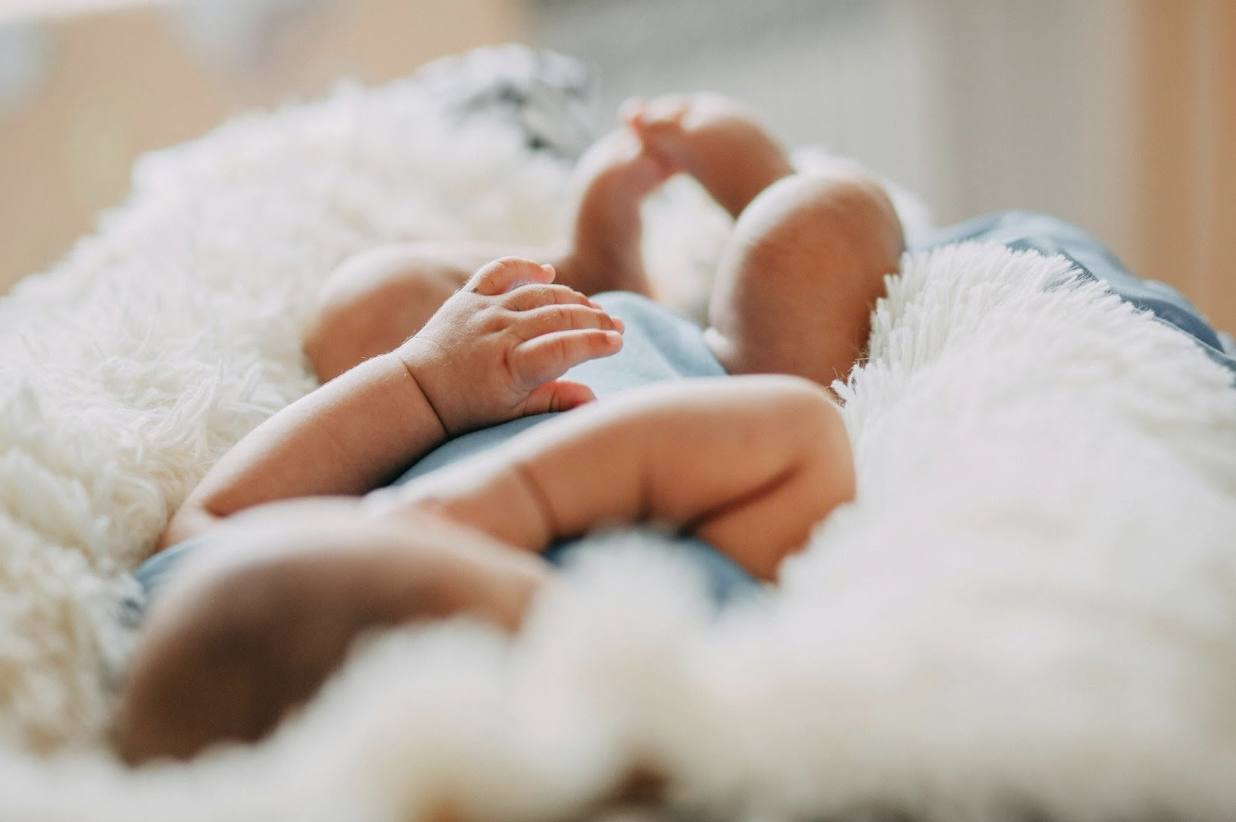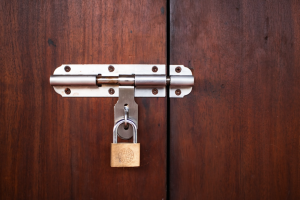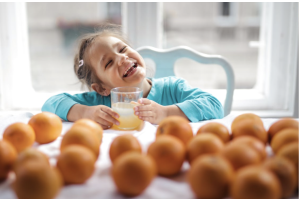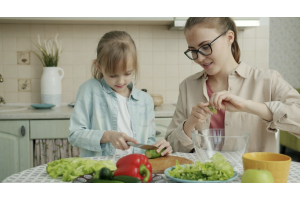Safe and Snug Sleep Essentials for Growing Little Ones

Sleep is one of the most important parts of a child’s growth, and creating the right sleep environment can make all the difference in their health, comfort, and development. For parents, ensuring that their little ones have a safe and snug space to rest is about providing the foundation for a child’s physical and emotional well-being. From cozy bedding to protective gear and smart sleep practices, choosing the right things can help parents feel confident that their child is resting soundly and growing safely.
Choosing the Right Crib and Mattress
The crib is the centerpiece of your child’s sleep space, and selecting one that meets modern safety standards is crucial. Look for a sturdy crib with fixed sides and slats spaced close enough to prevent tiny arms or legs from slipping through. A firm, well-fitted mattress is equally important, as it reduces the risk of suffocation or improper spinal support. Parents should avoid using soft, second-hand mattresses that may harbor dust mites or lose their shape. Investing in a breathable, hypoallergenic mattress cover can protect against spills and allergens, ensuring a clean and safe place for your baby to rest.
Bedding and Sleepwear for Comfort
When it comes to bedding, less is more. Pillows, heavy blankets, and stuffed animals should be avoided in a baby’s crib, as they pose potential suffocation hazards. Opt for fitted crib sheets made from breathable materials like organic cotton, which provide softness while regulating temperature. Wearable blankets, or a baby sleep sack, are excellent alternatives to loose bedding, keeping little ones warm without restricting their movement or causing overheating. For sleepwear, choose lightweight, snug-fitting options that adjust with the seasons, warm layers for cooler months, and breathable fabrics for summer nights, so your child stays comfortable all year long.
Creating the Right Sleep Environment
The environment surrounding your child’s crib or bed plays a significant role in sleep quality. Keeping the room at a comfortable temperature, ideally between 68–72°F (20–22°C), helps prevent overheating while still being cozy. White noise machines or soft lullabies can mask household sounds and establish a calming bedtime routine.
Blackout curtains are another helpful addition, particularly during nap times, as they block out daylight and signal to your little one that it’s time to rest. Safety should always come first, so avoid placing the crib near windows, cords, or furniture that a child could pull on as they grow more curious and mobile.
Monitoring and Changing Sleep Safety
As children grow, their sleep needs and safety considerations evolve. What works for an infant won’t necessarily suit a toddler, so parents should be prepared to adjust accordingly. For example, once a child starts climbing, it may be time to transition from a crib to a toddler bed with protective rails.
Baby monitors with video or audio functions can provide peace of mind by allowing parents to keep an eye, or ear, on their child without disturbing their rest. Regularly checking that cribs, mattresses, and bedding remain in good condition ensures that safety standards are consistently met, giving children the best possible environment to sleep safely and soundly.
Providing a safe and snug sleep space for your growing little one is about laying the groundwork for healthy growth and peaceful nights. With the right crib, breathable bedding, supportive sleepwear, and a well-prepared environment, parents can rest easier knowing their child is secure.
And as little ones grow and their needs change, adapting sleep items ensures they continue to thrive. After all, safe sleep is about rest and nurturing happy, healthy development from the very beginning.






